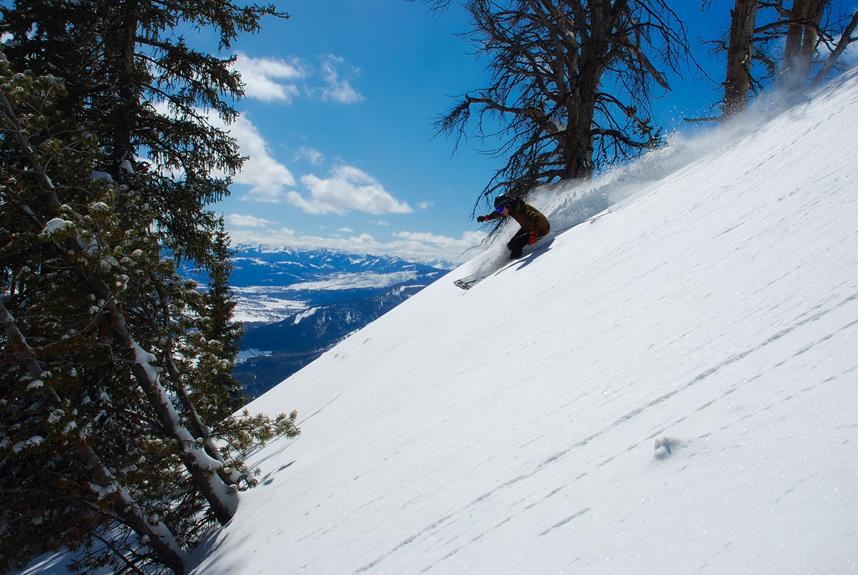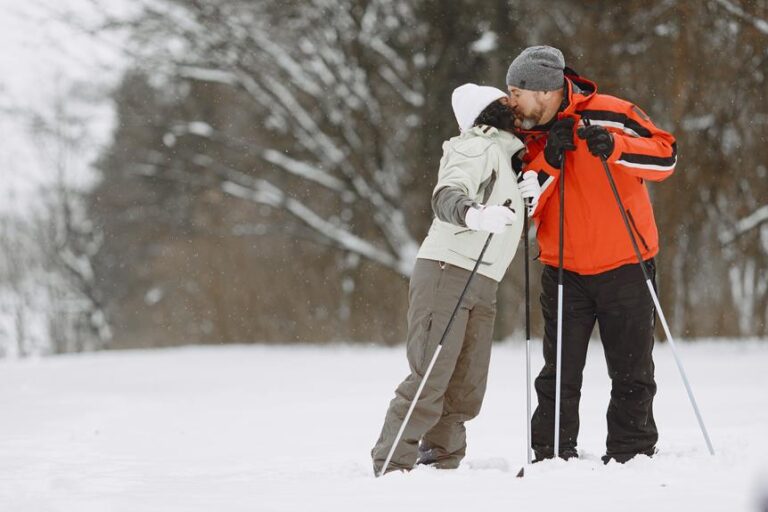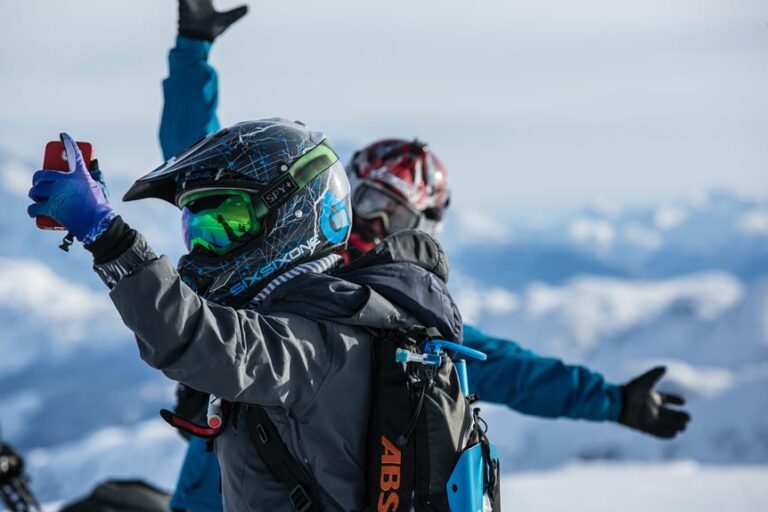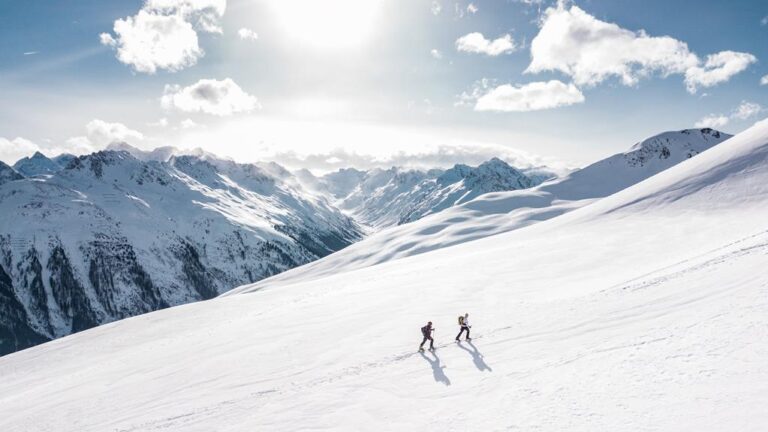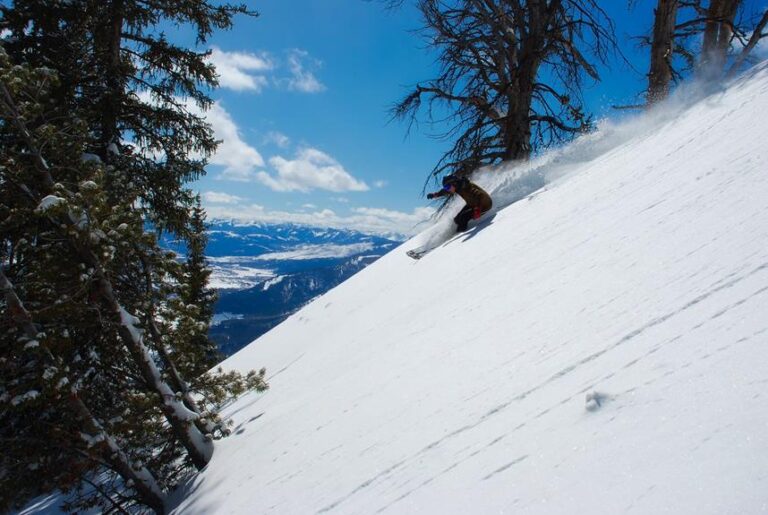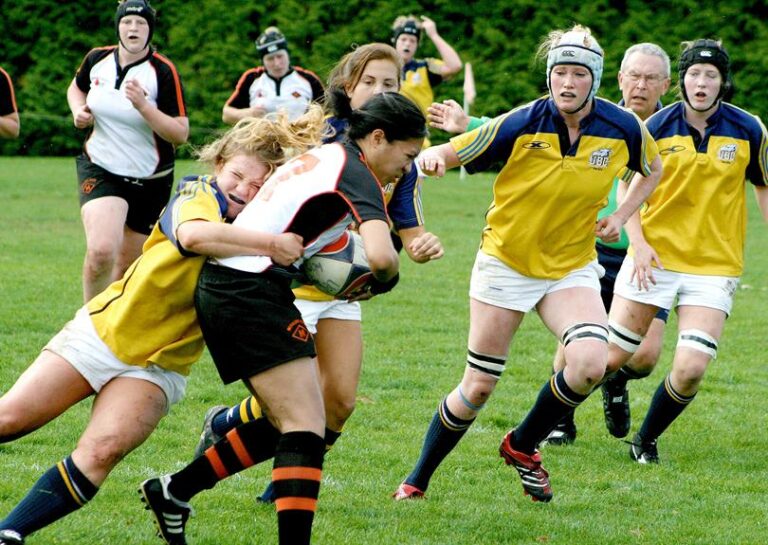Cross Country Vs Downhill Skis – What You Need to Know!
As you stand at the crossroads of ski options, the choice between cross-country and downhill skis looms before you like a hidden trail in a winter forest.
The decision can be daunting, as each style offers its own unique experience on the slopes. From the serene tranquility of gliding through snowy landscapes to the adrenaline rush of carving down steep slopes, both cross-country and downhill skiing have their merits.
But which path will you choose? Join us as we explore the differences in skiing technique, equipment requirements, and the pros and cons of each style, guiding you towards an informed decision that will satisfy your winter adventure cravings.
Differences in Skiing Technique
When it comes to skiing technique, cross-country skiing and downhill skiing differ significantly in their approach and execution. These skiing styles require different techniques due to the specific demands of each activity.
In cross-country skiing, the focus is on the skier's momentum and maintaining a rhythmic kick and glide motion. This requires physical strength and stamina as the skier propels themselves using ski poles for balance and propulsion.
On the other hand, downhill skiing emphasizes speed control and making turns. Skiers use wider downhill skis and rely on quick reflexes and skillful control of speed and direction.
While cross-country skiing provides a full-body workout and demands strong endurance, downhill skiing requires strong joints and core muscles for navigating turns and maintaining speed.
Cross-country skiers need to master the art of gliding and skating techniques, whereas downhill skiers focus on maneuvering their skis for precise turning and speed management.
These skiing technique differences are influenced by the specific mountain slopes and the gear used for each skiing style.
Equipment Requirements for Cross Country Skiing
To participate in cross-country skiing, you'll need specialized equipment such as slimmer skis, flexible boots, and adjustable bindings. Unlike downhill skiing, which involves navigating steep slopes at a ski resort, cross-country skiing takes place on flatter terrain, such as trails or groomed tracks. The slimmer skis used in cross-country skiing are designed to provide better glide and maneuverability on these types of surfaces. The flexible boots are crucial for allowing a natural range of motion and providing ankle support during the skiing motion. Adjustable bindings are necessary to ensure a secure connection between the boots and the skis.
In addition to skis, boots, and bindings, ski poles are another essential piece of gear for cross-country skiing. These poles help with propulsion and balance, as well as aiding in maintaining a consistent rhythm and tempo.
Proper clothing is also important when participating in cross-country skiing. Layering with breathable and moisture-wicking materials helps regulate body temperature and prevents overheating or excessive sweating.
Lastly, it's crucial to stay hydrated and properly nourished during cross-country skiing, as it's a physically demanding activity that requires endurance and energy. By having the right equipment and taking care of your body, you can fully enjoy the benefits of this exhilarating and full-body workout.
Equipment Requirements for Downhill Skiing
Downhill skiing requires a specific set of equipment to navigate the slopes effectively and safely. Unlike cross-country skiing, downhill skiing, also known as alpine skiing, calls for wider skis and stiff plastic boots with fixed-heel bindings. These equipment choices enable you to maintain control and stability as you race down the slopes. Essential gear for downhill skiing includes downhill skis, downhill bindings, downhill boots, and downhill poles.
When it comes to downhill skiing, the equipment requirements are more extensive compared to cross-country skiing. This is because downhill skiing involves higher speeds and exposure to wind chill. Therefore, it's essential to have temperature-control gear, such as insulated jackets and pants, to stay comfortable and protected.
Downhill skiing isn't just a leisurely activity; it requires a high skill level. Professionals like Lindsey Vonn, who's won numerous titles in ski racing and has competed in the FIS Alpine World Ski Championships, and Bobby Brown, known for his impressive tricks in RedBull Content, have shown the world the true potential of alpine skiing.
Pros and Cons of Cross Country Skiing
Cross-country skiing offers several advantages and drawbacks to consider. Here are the pros and cons of cross-country skiing:
Pros:
- Great cardiovascular workout: Cross-country skiing provides an excellent cardiovascular workout, burning approximately 600-900 calories per hour. It engages multiple muscle groups and improves cardiovascular fitness.
- Access to nature: Unlike downhill skiing, cross-country skiing allows you to appreciate nature and explore vast terrains beyond ski resorts. It provides a unique opportunity to immerse yourself in the beauty of the outdoors.
- Lower risk of injury: Compared to downhill skiing, cross-country skiing carries a lower risk of serious injuries. The slower speeds and gentle terrain make it a safer option for skiers of all ages and skill levels.
- Affordable: Cross-country skiing gear is generally cheaper compared to downhill skiing equipment. Moreover, access to Nordic ski centers can be free or at a small cost, making it a budget-friendly option for outdoor enthusiasts.
Cons:
- Slower pace: If you're seeking high-speed thrills, cross-country skiing may not be as appealing. It's slower compared to downhill skiing, which may not satisfy the need for adrenaline.
- Limited to certain terrains: Steeper slopes can be challenging for classic cross-country skis, limiting the variety of terrains accessible. It may not be suitable for those who enjoy skiing on more challenging slopes.
- Less intense workout for some: While cross-country skiing engages multiple muscle groups, some individuals may find the lower-impact nature of the activity less physically demanding than downhill skiing. It may not provide the same level of intensity for certain fitness goals.
- Snow availability: Cross-country skiing is dependent on the availability of snow. Areas with guaranteed snow and higher elevations are more suitable for this activity. Lower elevation areas may have less snow, limiting the opportunities for cross-country skiing.
Consider these pros and cons to determine if cross-country skiing aligns with your preferences and goals as a skier.
Pros and Cons of Downhill Skiing
Consider the advantages and drawbacks of hitting the slopes with downhill skis.
Downhill skiing offers a thrilling experience as you navigate through prepared resort slopes at high speeds. It provides easy access to ski resorts with groomed runs, making it a convenient choice for enthusiasts. With downhill skiing, you can enjoy a full-body workout, engaging various muscles, especially in the legs and core. It also offers a social aspect as you can spend time with friends and family on chairlifts between runs. Additionally, downhill skiing allows you to enjoy scenic views of the mountains, adding natural beauty to the activity.
However, there are some cons to consider. Downhill skiing carries a higher risk compared to other skiing styles, and accidents can result in serious injuries. It's crucial to exercise caution and follow proper safety measures. The cost of downhill skiing can be a drawback, as lift passes can be expensive, especially at premium resorts. Moreover, downhill skiing is limited to slopes served by ski lifts at resorts, which may restrict your exploration and adventure compared to cross-country skiing.
Environmental impact is another concern, as ski resorts contribute to higher energy consumption and infrastructure development. Lastly, downhill skiing is more of a non-verbal activity, which may limit social interactions compared to other skiing styles.
Frequently Asked Questions
Is There a Difference Between Downhill Skis and Cross-Country Skis?
Yes, there is a difference between downhill skis and cross-country skis. Downhill skis are wider and have firm bindings for speed and control, while cross-country skis are slimmer with flexible bindings for kick and glide motion.
Is There a Difference Between Cross Country and Downhill Ski Poles?
Cross-country and downhill ski poles differ in length, grip design, material composition, basket size, weight distribution, wrist strap functionality, flexibility and stiffness, swing weight, durability, and strength. Price range varies based on these factors too.
What Is Downhill Skiing Called?
Downhill skiing, also known as alpine skiing, is the name for the exciting sport of racing down prepared slopes. Strap on your boots, click into your bindings, and get ready to explore the mountains at high speeds.
What Are the Two Types of Cross Country Skiing Called?
The two types of cross-country skiing are classic skiing and skate skiing. Classic skiing involves a gliding motion with a straight-line technique, while skate skiing uses a side-to-side skating motion similar to ice skating.
Conclusion
In conclusion, whether you choose cross-country or downhill skiing, both offer unique experiences and benefits.
Cross-country skiing allows you to appreciate nature and enjoy a moderate-paced workout.
On the other hand, downhill skiing provides an exhilarating thrill and requires a higher skill level.
Ultimately, the choice depends on your personal comfort and skill level.
So, grab your skis and hit the slopes to enjoy the beauty of winter and stay active!
